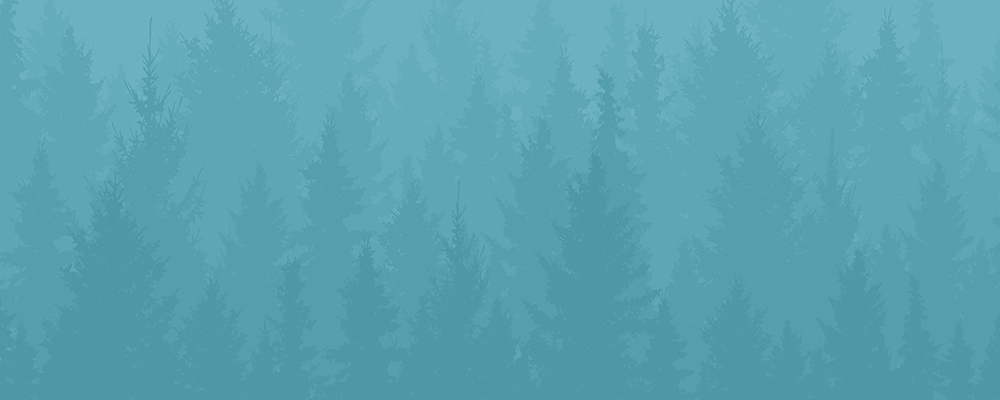The most underestimated pleasure of winter is the cold.
There are two standard responses to the coolest season. One, fashionably known by the Danish word hygge, meaning cozy conviviality, also goes by such names as hibernating, cocooning, and binge-watching. The idea is never to suffer so much as a draft. A heated house leads to a pre-heated car in a heated garage, then off to a heated workplace.
The second approach is to enjoy winter despite the cold: to ski, snowshoe, toboggan, ice skate, ice fish, ice climb, iceboat, fat bike, snowmobile, build a snowman, have a snowball fight, etcetera—and then retreat into hygge hibernation.
But winter offers a more complicated contentment too, one that is surely ancient but largely abandoned. A cabin is the place to explore it.
You awaken in a cold room, warm beneath your blankets. Slip out from under them, ideally in nothing but the emperor’s new clothes, and your body’s internal combustion engine instantly begins churning out heat: you come vividly to life.
The woodstove in the main room is cold—why waste fuel heating the night? Now you rekindle it. The reluctant flames will take a while to heat the space, but that’s fine. You can enjoy the cold after a warm night under the covers, and then the warming of a brisk morning into day.
Some scholars describe this as an escape into “thermal pleasure” from the “thermal boredom” of comfort, the seasonal equivalent of an acquired taste. In the same way that we can move past initial discomfort and learn to love the bite of hoppy beer, we can adapt to enjoy the nip of frost.
What marvels our bodies are capable of! Once, on a snowshoeing expedition, my travelling companion and I awoke sweating in our sleeping bags.
“It’s sweltering,” he said. It felt so warm that we worried a rainstorm might come, turning snow into slush.
Stepping outside the tent, my friend checked his thermometer. Then he laughed. “It’s -15 degrees,” he reported. After nearly two weeks in temperatures as low as -50°C, more ordinary cold felt subtropical to us.
The cold-adapted are like aliens. You can pick them out in the first days of spring, when everyone else is still in parkas and they’ve stripped down to T-shirts. They flush red at room temperature. Stepping outside to cool down, they’re the ones who see the northern lights that everyone indoors is missing.
It might be important. A compelling body of research suggests that making our bodies work to keep us warm or cool could be a pillar of metabolic and immune-system health. Higher tolerance for a range of temperatures is also a goal in fighting climate change. The International Energy Agency notes that turning thermostats down even to 19°C would reduce global carbon emissions by almost 300 million tonnes per year. Imagine the impact if we adapted to 15°C or beyond.
To enjoy the cold is simple: it requires nothing more than layers of clothing and a mindset. A trapper I visited did recommend one piece of specialized equipment, however. Hearing that I planned to use my century-old cabin in winter, he gave me a chunk of foam insulation. “It reflects your body heat instantly,” he enthused. “You don’t feel the cold for a second.”
I have a project to complete, then, before I make my mid-winter getaway. I’ll be whittling that block of foam, working with the soulfulness of those who shape surfboards by hand. In the end, I’ll have a portable winter toilet seat. My outhouse is just south of 55 degrees north latitude, and when it comes to cold, we all have our limits.
This story originally appeared in our Winter ’23 issue.

A voice from the wilderness
Get The Great Outdoors, our monthly brief on all things nature
Sign up hereFeatured video
Related Story Take your pooch for a spin on skis! Say hello to skijoring
Related Story This Ontario town turns its main street into a massive tubing hill for an epic winter festival
Related Story Wind winging: the affordable, easy-to-pick-up winter sport you have to try